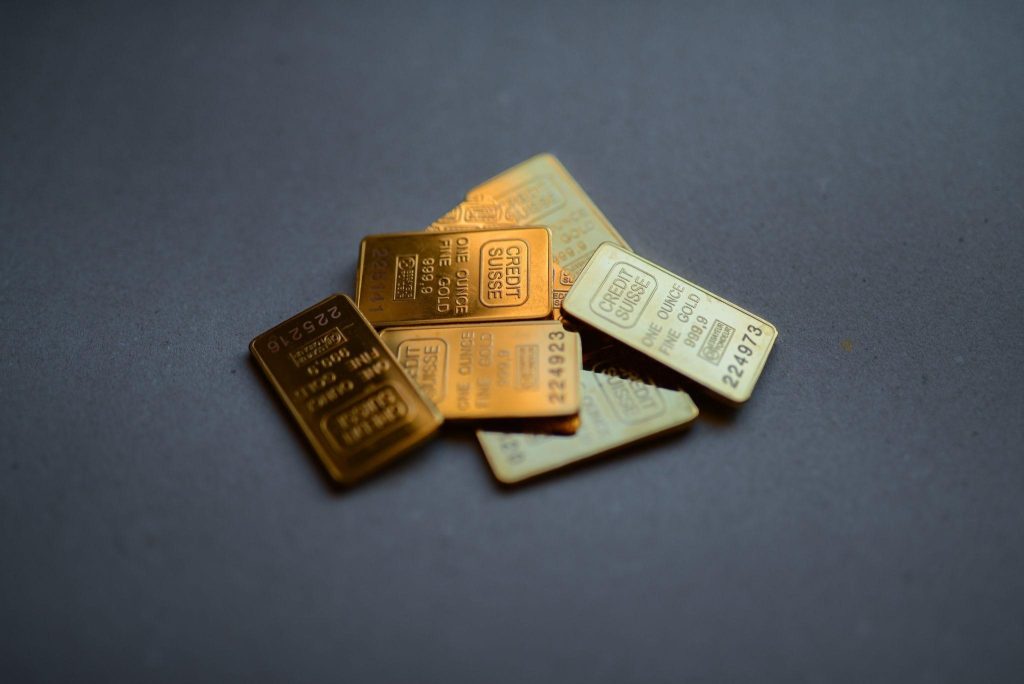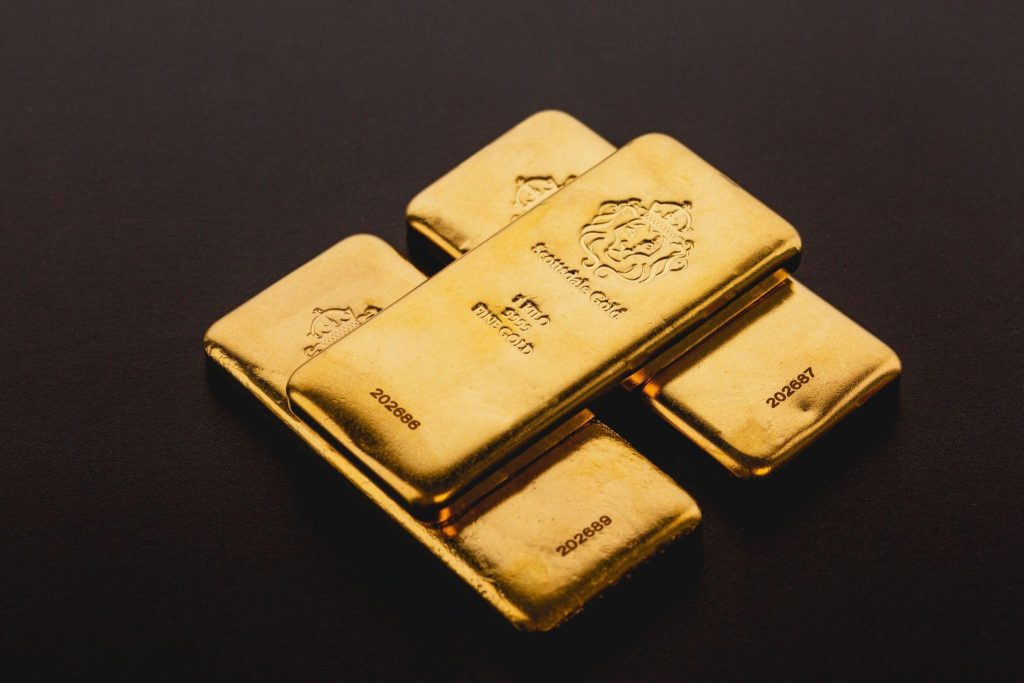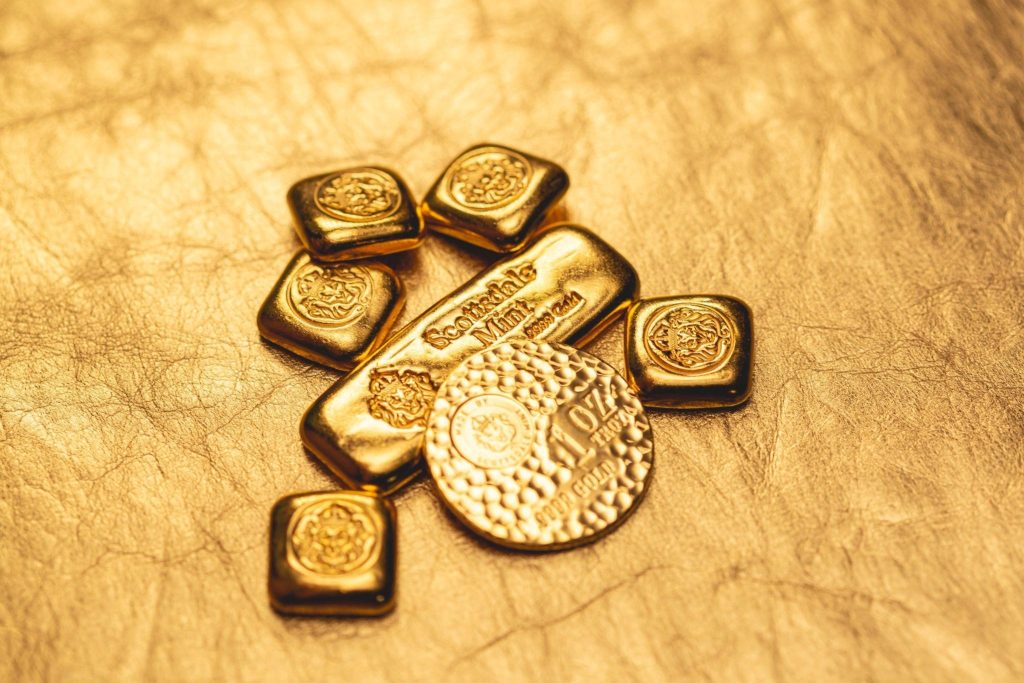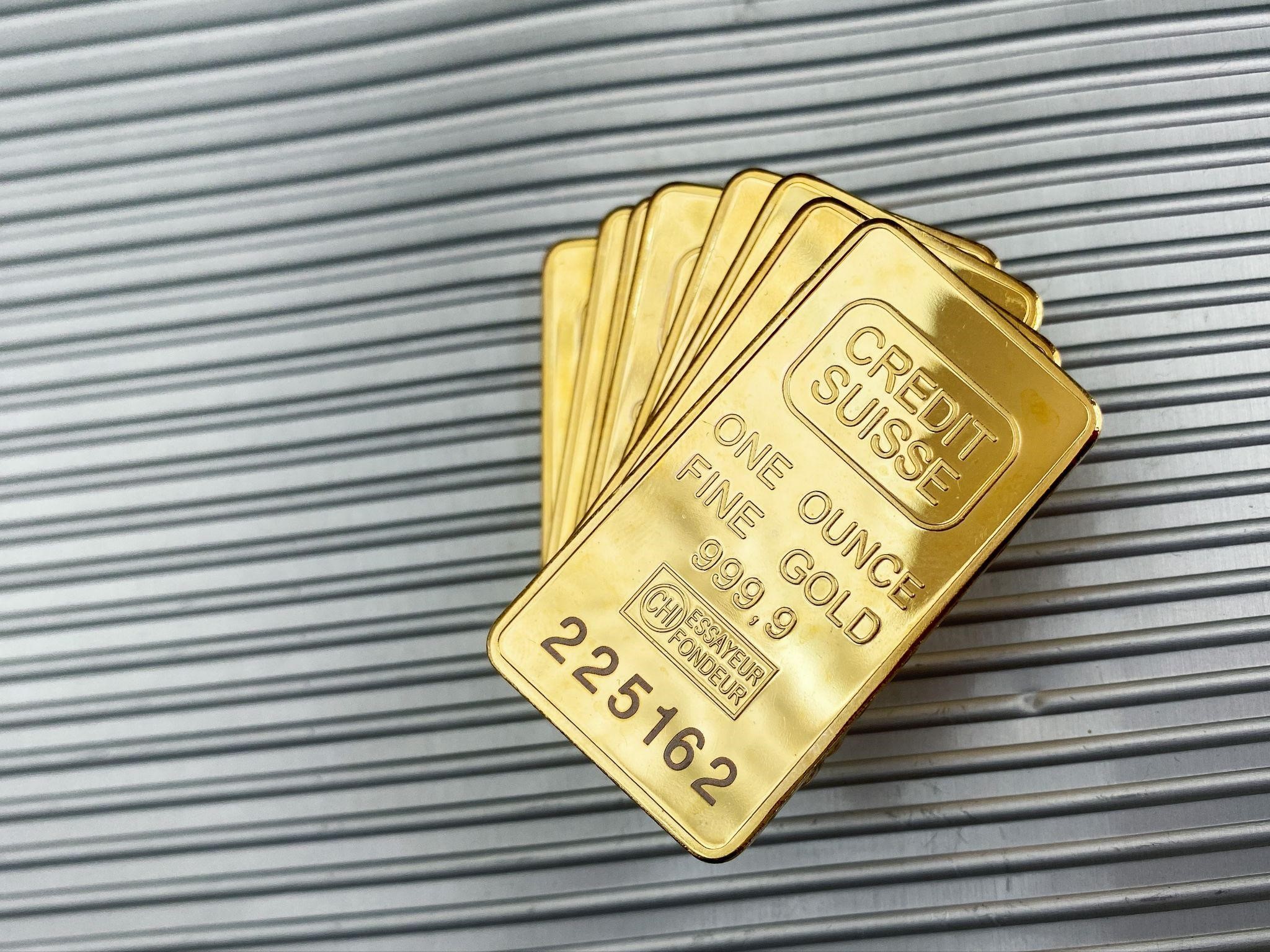Is Gold a Safe Haven Against Financial Crises?
Gold is a precious metal used in jewelry, coins and currency forms. It is often seen as a safe haven against financial crises due to its non-magnetic properties and corrosion resistance; electronics industries find its non-magnetic qualities useful as a shield from electromagnetic fields; it conducts heat and electricity easily and its soft surface makes working with it simple.
It’s a precious metal
Gold has long been revered as an object of beauty and rarity since prehistory when our ancestors first used it for jewelry making. Over time it became a unit of currency measurement, reaching its pinnacle as the favorite metal of Egyptian pharaohs.
Today jewelry constitutes more than half of mined gold’s supply – an investment with its immutability and scarcity offering protection from inflation in modern society.
Gold’s high melting point and resistance to corrosion make it an excellent conductor of electricity, enabling its widespread use in electrical contacts and terminals. You can click the link: https://sciencing.com/can-melt-gold-propane-7157.html for more information about the chemical properties of gold.
Dental work and arthritis treatments use gold too – plus gold serves as a catalyst in producing synthetic gasoline!
Gold has long been valued as a symbol of wealth due to its relative scarcity and difficulty of extraction, drawing people around the globe into searching for it at great personal risk.
Gold can be classified as a transition metal on the periodic table, with its composition consisting of 79 electrons and 118 protons, giving up one of its valence electrons to either silver or copper to form compounds. You can find more information by clicking the link. Gold is soft metal that often forms alloys to increase hardiness or color – in fact, one milligram of it can even be found dissolved into every ton of seawater!
Many analysts anticipate its continued value into the future; indeed, central banks across countries such as the US, Japan, Germany, France, China and Russia all hold large stockpiles; however, its demand could exceed supply, leading to gold rushes across many regions in recent history.

It’s a safe haven
Gold has long been considered a safe haven, particularly during times of inflation, economic instability, or geopolitical tension.
Investors turn to it when market conditions threaten their wealth; investors seek it as an insurance against rising interest rates or currency volatility. Plus, its finite supply makes trading or storage easy.
Gold prices historically increased when inflation did, and was used directly as currency at one time. You can learn more about inflation by clicking the link. Today, gold’s reputation as a safe haven endures; however, its role in international monetary affairs has declined since World War II. Instead, it is often held by central banks in their foreign exchange reserves.
Gold’s price usually follows that of the US dollar, while having no correlation to other risky assets such as stocks. Therefore, gold can act as a great diversifier in your portfolio.
As economies suffer, investments often lose value dramatically; however, certain safe-haven assets often maintain or even increase in value during these volatile times; examples include commodities like gold and Treasury bonds that remain relatively unaffected by market ups and downs. Such low-risk investments have become known as safe-haven investments.
Gold investment can be an attractive prospect, but it is essential to be aware of its inherent risks. Diversifying your portfolio with other assets and buying shares in companies mining gold may also be a useful strategy to mitigate risk.

It’s a long-term investment
Gold serves as a great diversifier in portfolios; however, investors should remember that unlike income producing investments such as stocks or bonds it does not generate dividends and could experience fluctuations in its value over time.
Before making a decision on whether or not to invest in gold, take time to carefully consider your goals and risk tolerance before making your choice. It is also wise to consider the best places to buy physical gold before beginning your investment journey. Consult a financial advisor who prioritizes your financial security when offering investment advice so that you can feel assured in adding gold to your portfolio.
Short term investors often turn to gold as a means of diversifying their portfolios and protecting assets. It’s important to remember that gold’s price can fluctuate rapidly; therefore, this investment option might not provide quick profits right away; but over the longer run, gold can make an excellent addition to any portfolio.
As global economic uncertainty remains, physical gold demand continues to surge – particularly in India and China, where consumers often purchase jewelry to preserve their wealth. Gold investment demand reached 4,021 tons globally in the first quarter of 2021, up from 3,958 tons last year. Indian and Chinese consumers often buy jewelry made of precious metals in order to protect their wealth.
Investors have also turned to gold as insurance against what experts refer to as “Black Swan” events – these could range from global financial crises to sudden increases in interest rates. Therefore, it is vital to diversify your portfolio with both stocks and gold investments.
Gold investing entails many costs, such as premium, storage fees and higher capital gains taxes, so it is wise to carefully compare all available types of gold before making your final choice. It should also be remembered that not all types are created equal as some may cost more due to mining, fabrication or distribution expenses.

It’s easy to buy
Gold is an attractive investment and an effective diversifier, thanks to its low correlation with stocks and bonds. Gold also retains its purchasing power over time and can easily be bought and sold, providing investors with another way of investing alternative assets.
Gold buying is a popular investment option, and there are countless dealers to choose from. But finding a reputable one can be essential to avoiding issues: some will use high-pressure sales tactics and inflate their product’s value while others provide complex payment plans.
To ensure peace of mind when purchasing physical gold, find one with an established track record in customer service as well as good storage costs; this might involve monthly storage fees from dealers while others may require you to rent out storage at a bank vault instead.
Larger investors may benefit from investing in exchange-traded funds or mutual funds that track the price of gold, which are often less costly than physical ownership while providing similar liquidity as individual coins or bars. Some of these funds also invest in other commodities; be sure to do your research before purchasing any such investment vehicles.
Other forms of gold investment include equity investments and options on futures contracts, which may be more volatile and not suitable for all investors; however, they provide an excellent way to leverage your initial purchase while gaining exposure to the market without incurring high trading fees.
As opposed to real estate and stocks, gold does not generate cash flow and should therefore only be purchased as part of a diversified portfolio. If income-producing investments such as cash-flowing businesses are your goal, adding gold may still provide effective hedges against inflation and geopolitical uncertainty; but its low-yield nature could scare away some investors.

